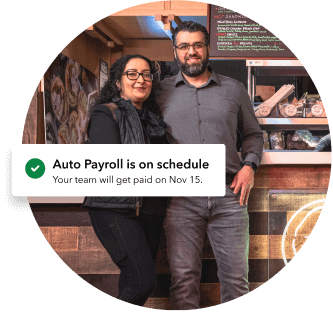What Are Your Payroll Obligations as an Employer?
When you operate a small business in Canada, you have lots of obligations both to your employees and the CRA. Setting up payroll is the first of these employer responsibilities. This requires you to open and maintain a payroll program account with the Canada Revenue Agency (CRA). Also, you must get the social insurance number (SIN) of each employee and have them complete federal Form TD1, Personal Tax Credits Return. Keep in mind that employers in certain areas must use provincial/territorial Form TD1 instead.
Next, you must calculate employee deductions for Employment Insurance (EI) premiums, Canada Pension Plan (CPP) contributions, and income taxes. Factor these sums based on the wages, salary, taxable benefits, and allowances you use to compensate your employees. Also, if your company operates its own private pension plan or your employees belong to a union, you must deduct contributions and dues.
Since you remit these payments on a schedule, the CRA requires you to hold these amounts in trust for the Receiver General to keep them separate from your small business’ operating funds. Additionally, you have a responsibility to ensure those amounts aren’t part of an estate in bankruptcy, receivership, assignment, or liquidation.
Finally, you report your employees’ income and deductions on a T4 or T4A slip that you give to each worker. On or before the last day of February for the given year, you must file an information return with the CRA that documents the income and deductions of all your employees.
When workers have an interruption in earnings for any reason, the CRA requires you to complete and file a Record of Employment (ROE). Additionally, be aware that certain provinces and territories have their own requirements for employers, so you should check with an expert to ensure you fulfill the requirements set by your local government.
Aside from the obligation to adhere to Canada’s labour laws, your last responsibility is keeping excellent records, which you should be doing anyway. Excellent payroll records that document each employees’ income and deductions provide evidence you’ve done things right in case the CRA audits your business down the road.
Also, careful records help you avoid penalties for late filing and maximize your deductions at tax time, giving you more money to invest in your business. Full-service small business accounting apps such as QuickBooks Online do the heavy lifting for you by allowing access to all your business’ financials from anywhere with an internet connection.




